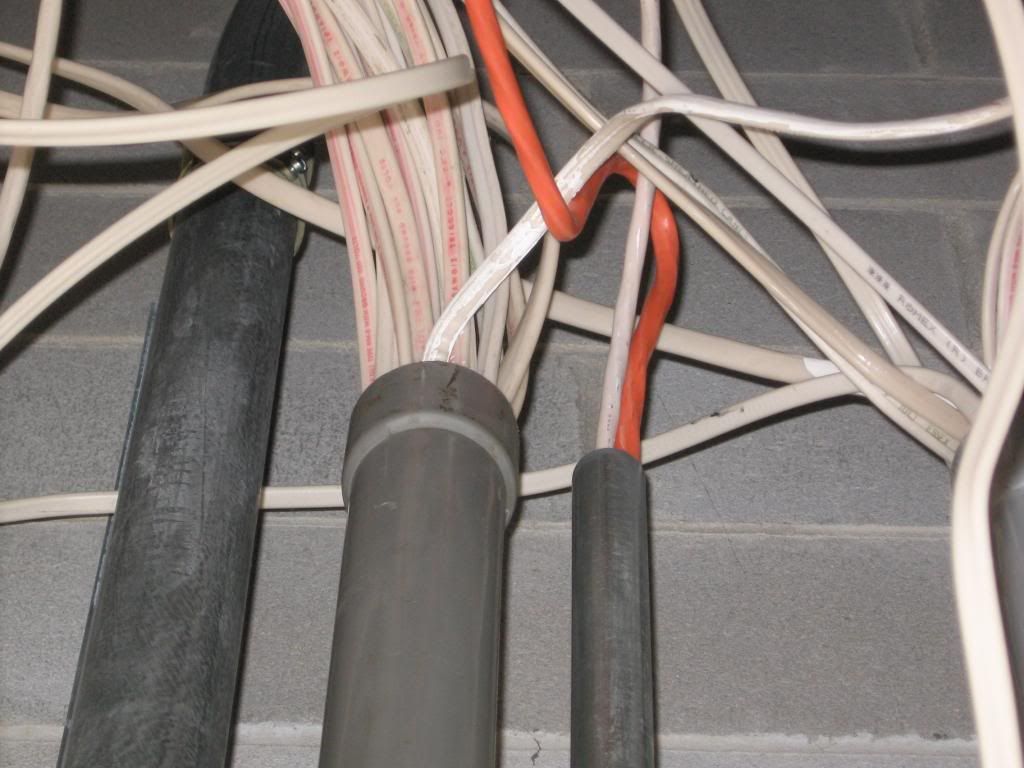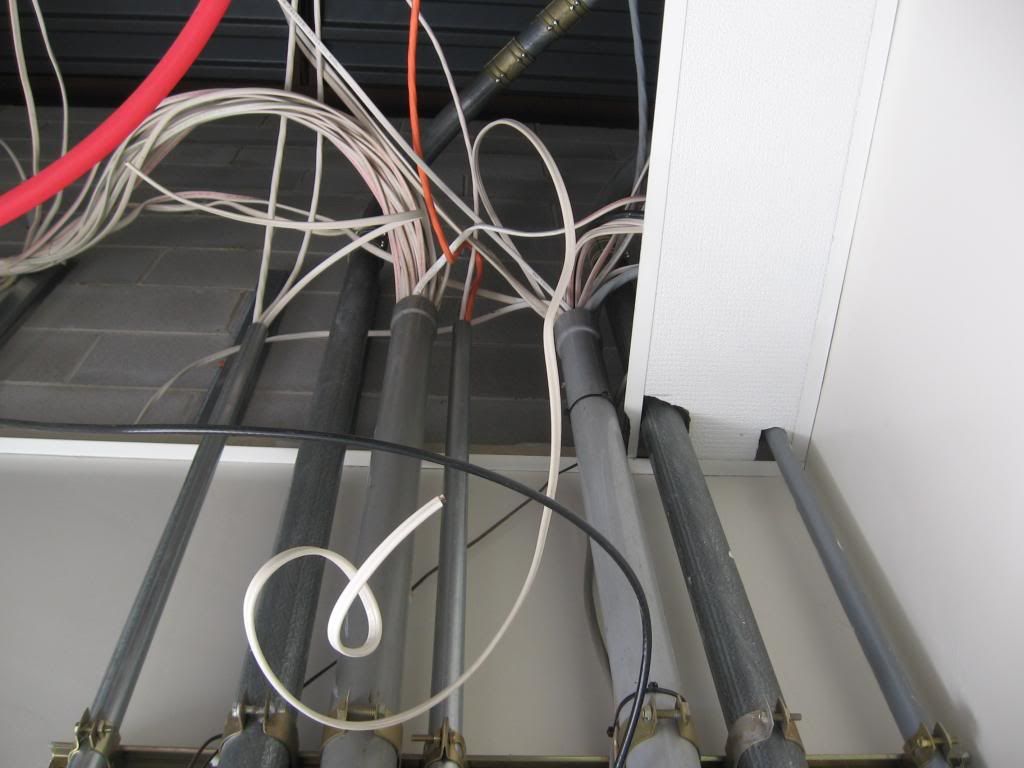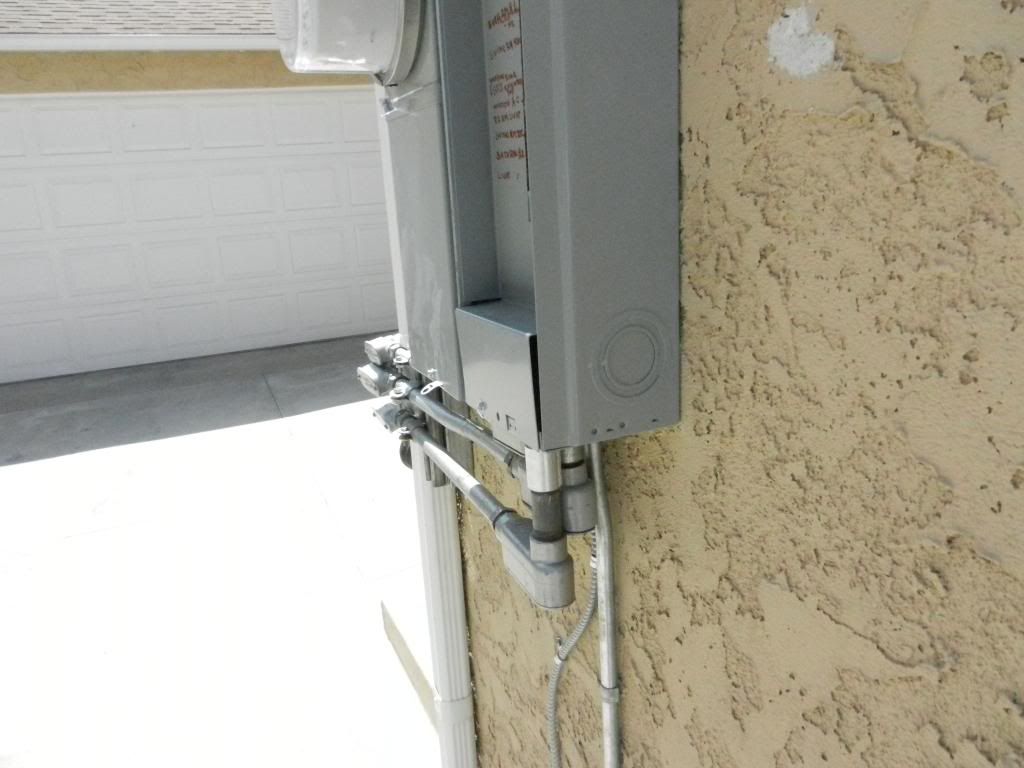I'm pretty sure that the customer didn't envision this when she hired the contractor.
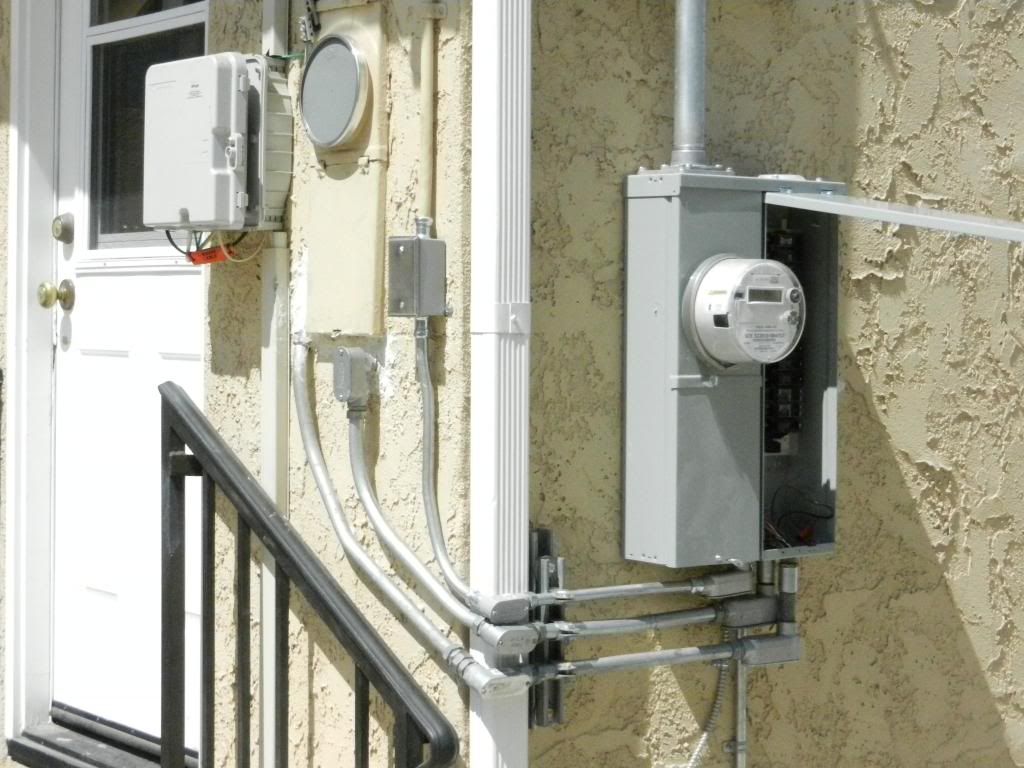
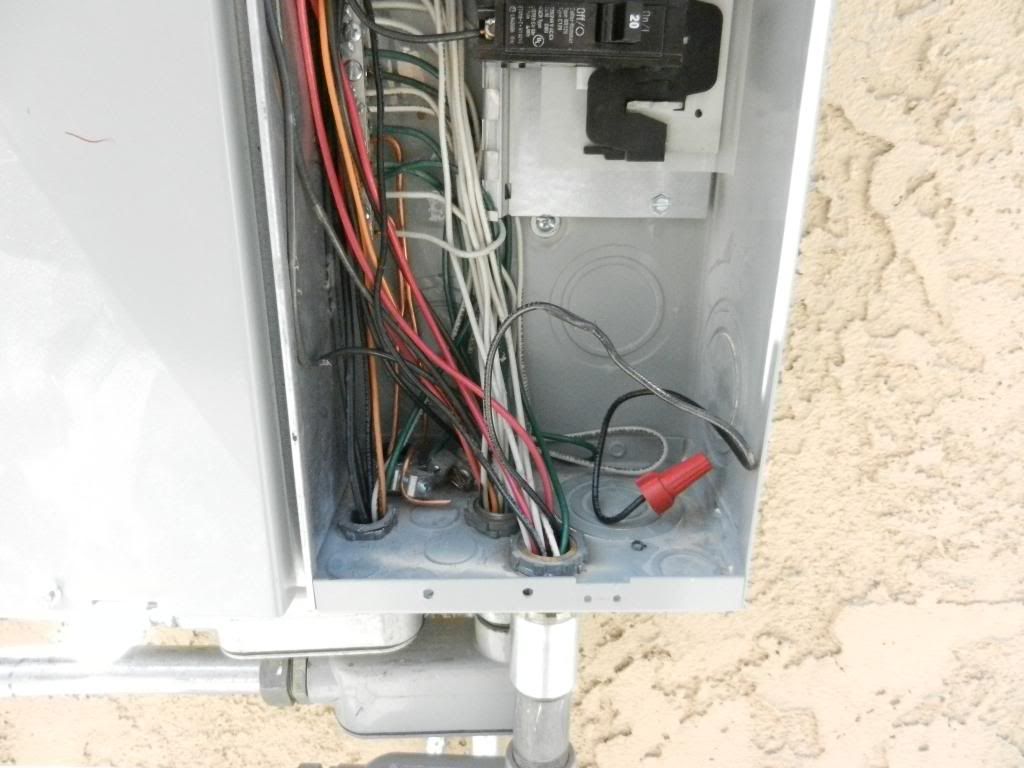
This is the old can that's now a J-box. This job got a lot of corrections. Some that I hardy ever write; like all of the LBs with no gasket. And check it out, some of the LBs can't be accessed unless conduit is removed.
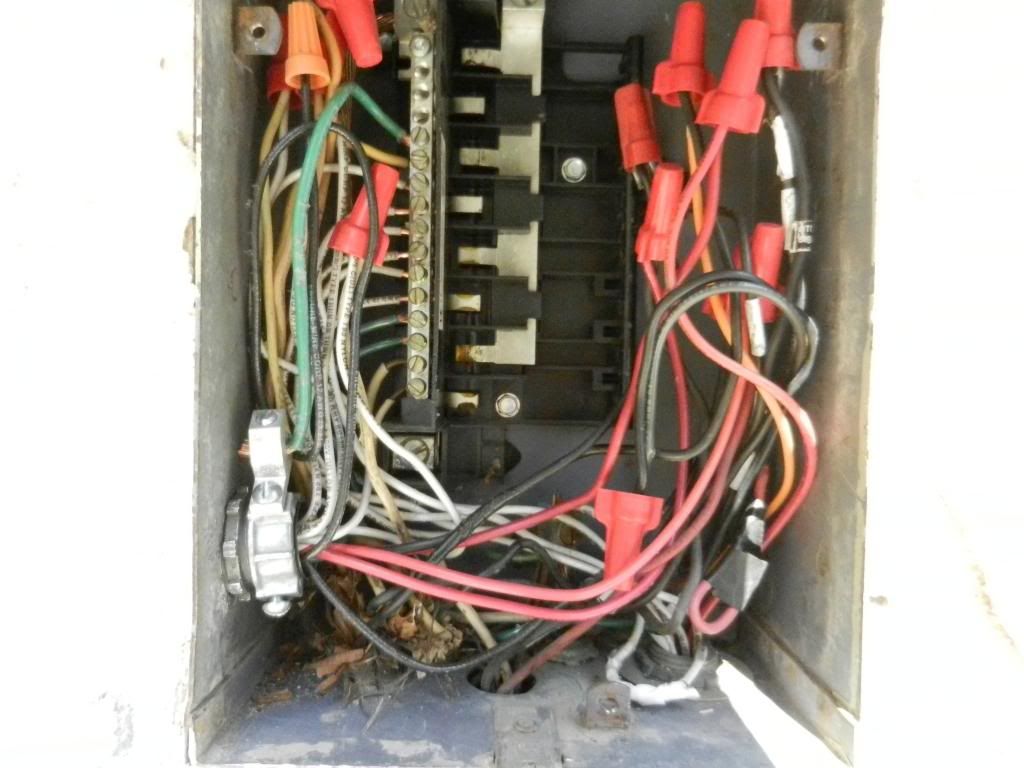
They must think that I don't care.
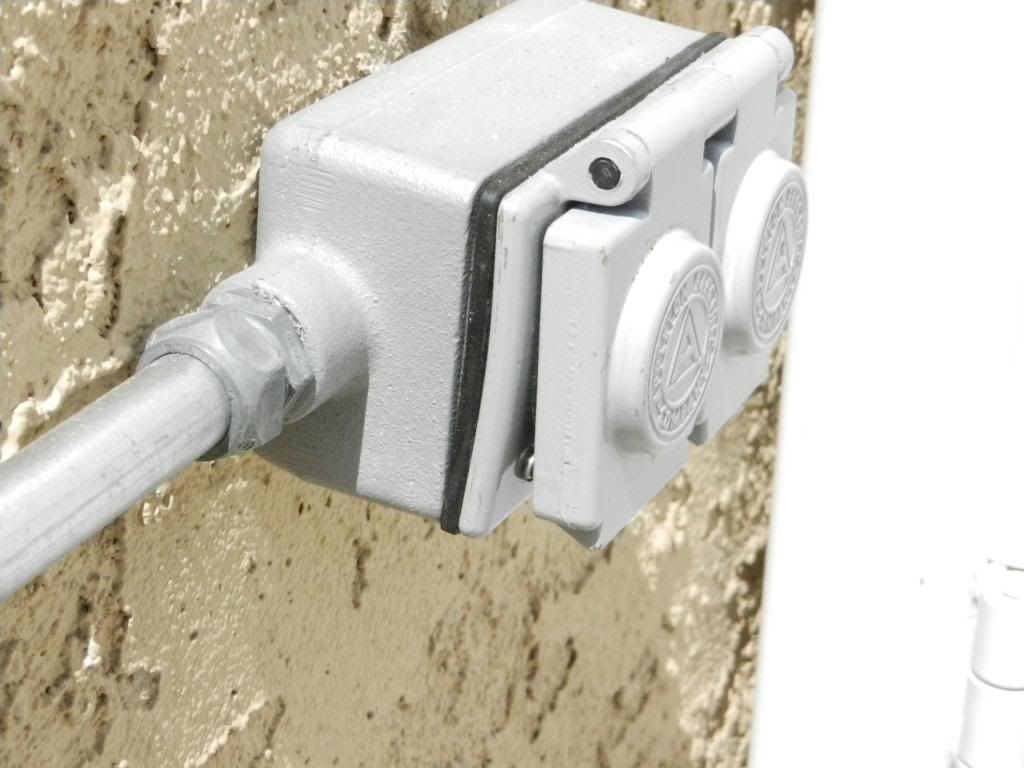
So back to the question. Do you require a reduction in ampacity for heat and more than three current carrying conductors in a conduit?


This is the old can that's now a J-box. This job got a lot of corrections. Some that I hardy ever write; like all of the LBs with no gasket. And check it out, some of the LBs can't be accessed unless conduit is removed.

They must think that I don't care.

So back to the question. Do you require a reduction in ampacity for heat and more than three current carrying conductors in a conduit?
Last edited by a moderator:

